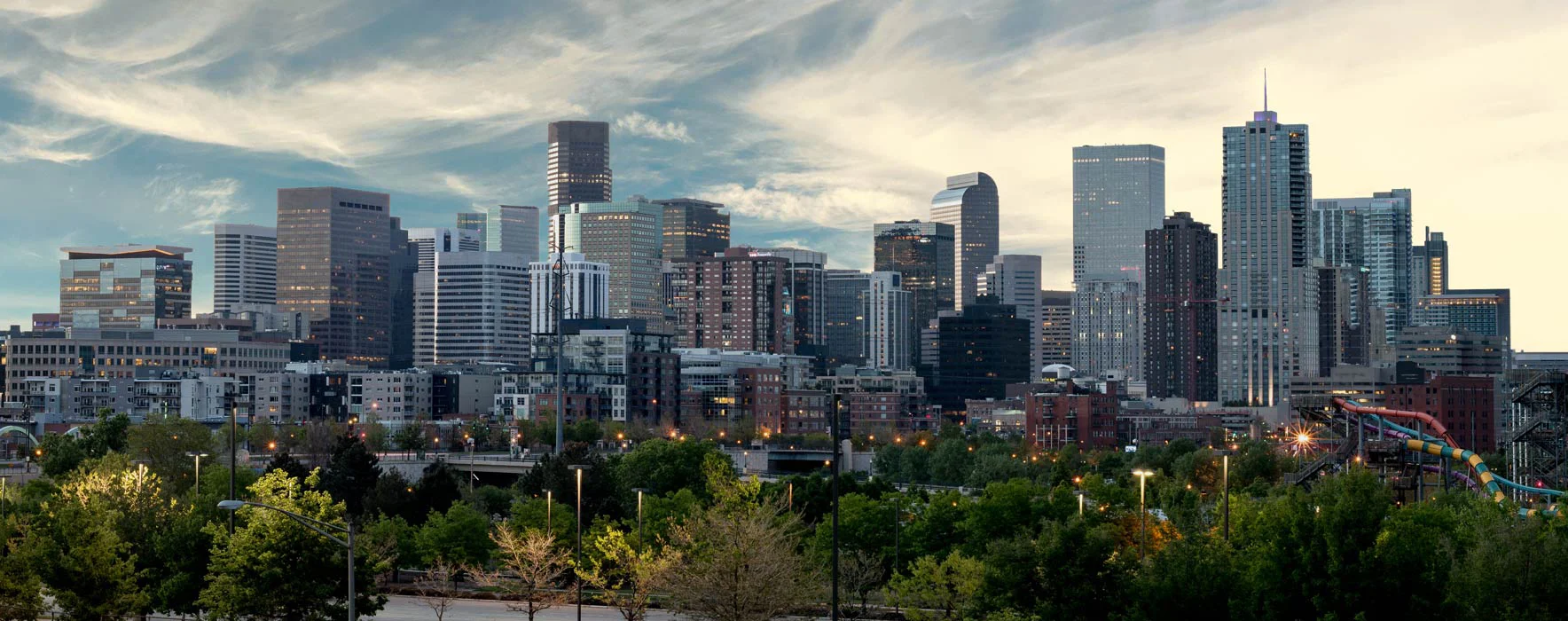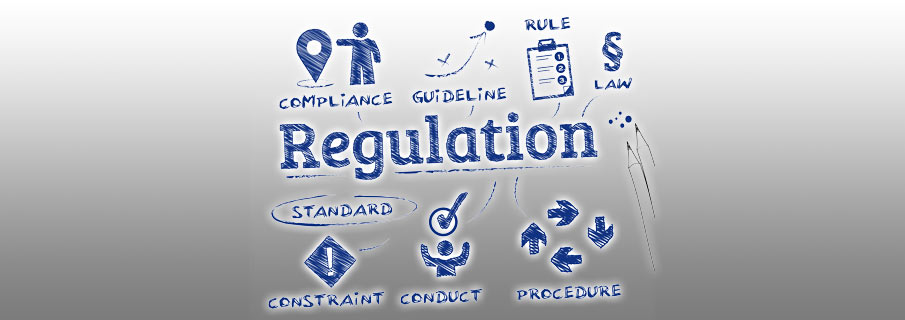When hiring an attorney to represent you, it isn't enough to hire an attorney with the skill and experience to convince a jury that your case has merit and that they should award you damages. It is extremely important that the attorney you hire has a proficient knowledge of the existing caps on damages in Colorado. A proficient knowledge allows your attorney to navigate through the confusing maze of Colorado caps on damages and enables your attorney to maximize your recovery by directing the jury to award you compensation in uncapped categories of damages
A proficient knowledge of the caps is difficult to obtain because some of the most confusing Colorado injury laws center around the caps imposed on damage awards. Some of these caps have been in place for almost thirty years. Moreover, each legislature and each successive Governor has integrated their own contribution to Colorado damage caps.
To come to a proficient knowledge of these caps, the first step that an attorney must take is to read and understand the statutes that create these caps on damages. Then, the attorney must know where to look to find exceptions to these caps because the exceptions are often found in entirely separate parts of the statute book. Lastly, the attorney needs to know where to look to consider the applicability of the statutes that might, on occasion, provide interest based increases or interest kickers on certain types of capped damages.
Furthermore, the statutes that cap damages are often changed and updated each year by the state legislature. Consequently, additional individual research is always necessary to confirm the amount and applicability of caps in your particular case. All of that being said, this is our brave attempt to explain and make all of these caps make sense to you.
First, we will discuss the cap on non-economic damages, better known as pain and suffering damages. Then, we will discuss specific caps in various types of cases. While we will cite the Colorado statues where you can find the caps on damages, understand that if an interest kicker is applicable to that particular cap, we have already accounted for that increase in this article.
I. NON-ECONOMIC DAMAGE CAP:
A) General Rule:
The general cap for injuries associated with pain, suffering, and emotional upset is found in C.R.S. 13-21-102.5(3)(a). This statute provides that the maximum recovery for non-economic damages, in most cases, is $468,010. This cap can be increased up to $936,030 by the court if it is convinced of the merit of such an increase by clear and convincing evidence. Unfortunately, there is no record where a Colorado court has ever actually made such a finding. Accordingly, attorneys assume that if a jury awards $500,000 for a person's pain and suffering, short of divine intervention, the court will decrease the award post-verdict to the applicable cap.
B) Exceptions to The General Rule:
1) Permanent Physical Impairment:
A notable way to side-step the cap on non-economic damages is to persuade a jury to place damages in a separate category called permanent physical impairment. In most cases, there is no cap on damages awarded for permanent physical impairment. In addition, there is no widely accepted definition of permanent physical impairment in Colorado and that indistinctness leaves attorneys with a lot of room to argue for the award of permanent physical impairment damages in your case. For a more detailed discussion on damages for permanent physical impairment, please click here.
2) Medical Negligence:
The non-economic damages cap for cases involving medical malpractice in cases against doctors, chiropractors, hospitals or nursing home negligence is different. In these cases, the cap for non-economic damages, as found in C.R.S. 13-64-202, is $300,000. There is no exception to this cap, nor is the permanent physical impairment argument available to end-run the effect of this cap. While permanent physical impairment is a recognized claim in a medical malpractice action, the statute capping non-economic damages specifically includes the value of permanent physical impairment awards under this $300,000 cap.
3) Wrongful Death:
The cap on non-economic damages associated with the grief, solace, and loss of a loved one in a wrongful death action is also different from other claims. Pursuant to C.R.S. 13-21-203(1), the cap is $436,070. Although death results in a permanent loss, claims of permanent physical impairment cannot be brought in a wrongful death claim because it is a claim brought by the bereaved living.
However, it is important to note that the cap on non-economic damages does not apply in a wrongful death case if the court finds that the circumstances of the death constituted a felonious killing. Felonious killing does not require that the defendant was charged with a felony or criminally convicted. Instead, you have to prove by a preponderance of the evidence that the defendant killed the victim under circumstances that amount to felonious conduct. In Colorado, manslaughter is the lowest chargeable felony that can be brought against a person who takes another's life. Manslaughter is defined as reckless killing and reckless is defined as gross negligence. Simply stated, felonious killing is a higher degree of wrongful conduct than very accidental negligence. For example, if a person is killed by a very intoxicated driver or is maliciously run over by an angry driver, both cases could be considered felonious killing. In a wrongful death case, your attorney should consider a claim of felonious killing when applicable to avoid the caps on non-economic damages.
II. OVERALL CAPS BY TYPE OF CASE:
A) Medical Malpractice:
In addition to the cap on non-economic damages, C.R.S. 13-64-302 places an overall cap in medical malpractice cases at one million dollars. That cap can only be exceeded under the rarest of circumstances when the court determines that good cause has been shown that the application of the cap would be unfair. For example, a claim involving a birth injury where the medical needs for the child eclipses one million dollars annually. Under such extreme circumstances, a judge would likely find that the implementation of the cap would be unfair and allow for a greater recovery by the plaintiff if a jury awards a verdict in excess of the cap. In any case, a catastrophic injury is required to seek such court deference in a medical malpractice lawsuit. Because the cap is exceeded only in the rarest of circumstances, there is no real body of case law on this issue.
B) Dram Shop:
A dram shop claim is an action brought by the victim of a drunk driver who can prove that a tavern or bar was responsible for the excessive drunkenness of the driver. In general, these cases are hard to prove because you have to show that the bar severed alcohol to a visibly intoxicated patron. In other words, the bar has to serve alcohol to a patron who is obviously drunk and you must have a witness that can testify that the drunk was served alcohol after he or she became visibly intoxicated. Simply letting a drunken patron leave the bar is not enough to establish liability. To add to your troubles, C.R.S. 12-47-801 caps the total recovery against a tavern or bar to $280,810 regardless of your claims or losses.
C) Wrongful Death/Solatium:
As discuss above, wrongful death claims are brought on behalf of the bereaved survivors of a victim, more specifically, by the heir of the victim (spouse, children, or parents, depending on the circumstances). In a wrongful death case, an heir can claim non-economic damages for sadness and loss up to $436,070. However, heirs can claim, without any cap, damages for burial expenses and net pecuniary loss (money that the victim would have earned AND shared with the heir).
Wrongful death cases require proof that the heirs experienced sadness and loss. But, what if a negligent defendant causes the death of a victim and the legal heir had no relation or a very dysfunctional relationship with the victim? Should the negligent defendant be able to "get off scot free" with causing the death of the victim simply because the heirs cannot demonstrate sadness or a feeling of deep loss by the death? The answer is no because Colorado has a solution for such an occasion.
In cases where the heir is out nothing economically and had a sour relationship with the victim, the heirs can still recover damages pursuant to C.R.S. 13-21-203.5 through a solatium claim. A solatium claim gives heirs the option to elect out of having to prove their level of grief over the death of their relative. Instead, the heirs simply agree to accept, if fault is proven for the death of their relative, the capped sum of $87,210.
D) Punitive Damages:
In most cases, Colorado law allows a jury to award damages to punish defendants for outrageous conduct. This award, called punitive or exemplary damages, is not tied directly to the losses that the victim suffered. Instead, the award is intended to send a message to, and punish the defendant for his or her conduct.
However, C.R.S. 13-21-102 caps the amount that a jury can award to what is called "one for one" damages. In other words, a jury's award of punitive damages will be reduced by the judge post-verdict to equal the amount of actual damages that a jury awarded. For example, if a jury finds for a plaintiff and awards her $150,000 for medical expenses, pain and suffering, and wage loss, and also awards an additional $500,000 for punitive damages, the award of punitive damages will be decreased from $500,000 to $150,000 to match the actual damages awarded by the jury. Consequently, the total award will go from a verdict of $650,000 down to a judgment of $300,000 based on the cap in C.R.S. 13-21-102.
CONCLUSION:
If you are injured and seeking compensation, the value of your case can plummet significantly if you hire an attorney who does not understand how to properly navigate around the caps on damages in Colorado. At Anderson Hemmat, we understand how to properly navigate around the caps on damages to ensure that our clients are fully compensated for their injuries. Accordingly, if you have been injured and have questions about caps, please call 303-782-9999 and speak with one of our attorneys today.
- Comprehensive Insurance in Colorado: What it is and why is it important?
- Maximize Your Colorado Motorcycle Accident Settlement
- Hiring a Bike Accident Attorney Denver: What You Need to Know
- Jason Alleman Accepts CTLA's Legal Professionalism Award
- Appeals Court Orders Judge to Reconsider Drastic Reduction of Record Wrongful Death Verdict



DENVER HEADQUARTERS
Denver Injury Lawyers
Phone - (303) 782-9999
Phone - (888) 492-6342
Fax - (303) 782-9996
Denver Law Office
5613 DTC Parkway Suite 700
Denver, CO 80111
Get directions
Request a free consultation
We would be honored to meet with you and consider your case. Call us at (303) 782-9999 or submit your case information below for prompt response.
COLORADO SPRINGS OFFICE
Colorado Springs Injury Lawyers
Phone - (719) 575-9999
Phone - (888) 492-6342
Colorado Springs Law Office
102 South Tejon Street, #1100
Colorado Springs, CO 80903
Get directions
View all locationsAreas We Serve
Denver, Colorado Springs, Aurora, Fort Collins, Lakewood, Thornton, Arvada, Westminster, Greeley, Pueblo, Centennial, Boulder, Highlands Ranch, Longmont, Castle Rock, Loveland, Broomfield, Grand Junction, Commerce City, Parker, Littleton, Brighton, Windsor, Security-Widefield, Northglenn, Erie, Pueblo West, Englewood, Dakota Ridge, Ken Caryl, Wheat Ridge, Lafayette, Fountain, Columbine, Evans, Four Square Mile, Montrose, Louisville, Golden, Durango, Johnstown, Clifton, Sherrelwood, Cimarron Hills, Firestone, Fort Carson, Frederick, Cañon City, Welby, Greenwood Village, Castle Pines, Black Forest, Lone Tree, Federal Heights, Fruita, Steamboat Springs, Superior, Berthoud, Sterling, Monument, Wellington, Fort Morgan, Berkley, Cherry Creek, Severance, Edwards, Rifle, The Pinery, Fairmount, Glenwood Springs, Gunbarrel, Timnath, Alamosa, Stonegate, Delta, Fort Lupton, Milliken, Roxborough Park, Craig, Cortez, Derby, Evergreen, Redlands, Woodmoor, Gypsum, Lochbuie, Trinidad, Fruitvale, Applewood, Woodland Park, Twin Lakes, Lamar, Eagle, Orchard Mesa, Stratmoor, La Junta, Gunnison, Carbondale, Aspen, Dacono, Mead, Gleneagle, Cherry Hills Village, Avon, Sheridan, Salida, Eaton, Estes Park, Dove Valley, Shaw Heights, Brush, West Pleasant View, Battlement Mesa, Todd Creek, Meridian, Breckenridge, Silverthorne, Edgewater, New Castle, Manitou Springs, Vail, Castle Pines Village, Glendale city, Lincoln Park, El Jebel, Niwot, Monte Vista, Genesee, Basalt, Penrose, Florence, Rocky Ford, Silt, Ponderosa Park, Bennett, Yuma, Orchard City, Strasburg, Burlington, Walsenburg, Buena Vista, Snowmass Village, Sierra Ridge, Platteville, Bayfield, Holly Hills, Inverness, Stepping Stone, Frisco, Ault, Leadville, Acres Green, Palisade, Palmer Lake, Telluride, Meridian Village, Elizabeth, Coal Creek CDP, Cedaredge, Park Center, Las Animas, Meeker, Wray, La Salle, Holyoke, Rangely, Granby, Laporte, Lyons, Keenesburg, Leadville North, Limon, Aristocrat Ranchettes, Olathe, Colorado City, Center, Hayden, Sterling Ranch, Wiggins, Pagosa Springs, Akron, Perry Park, Idaho Springs, Columbine Valley, Crested Butte, Byers, Hudson, Deer Trail, Kersey, Nederland, Loma, Paonia, Fraser, Indian Hills, Kremmling, Del Norte, Parachute, Alamosa East, Cascade-Chipita Park, Springfield, Poncha Springs, Georgetown, Mancos, Ellicott, Ridgway, Julesburg, Mountain Village, Fowler, Aetna Estates, Dotsero, Towaoc, Winter Park, Cripple Creek, Pierce, Ordway, Kittredge, Gilcrest, Dillon, Lazy Acres, Aspen Park, Keystone, Watkins, Howard, Haxtun, Minturn, Manassa, Mount Crested Butte, Hotchkiss, Dolores, Upper Bear Creek, Ouray
About Our Law Firm
Anderson Hemmat, LLC is a personal injury law firm with locations in and around Denver, Colorado, handling all personal injury cases including car accidents, truck accidents, motorcycle accidents, wrongful death, slip and fall, premises liability and more. Our award-winning Denver injury attorneys have recovered millions of dollars for accident victims. If you were injured in Denver, contact our law firm today, we offer a free initial consultation.



